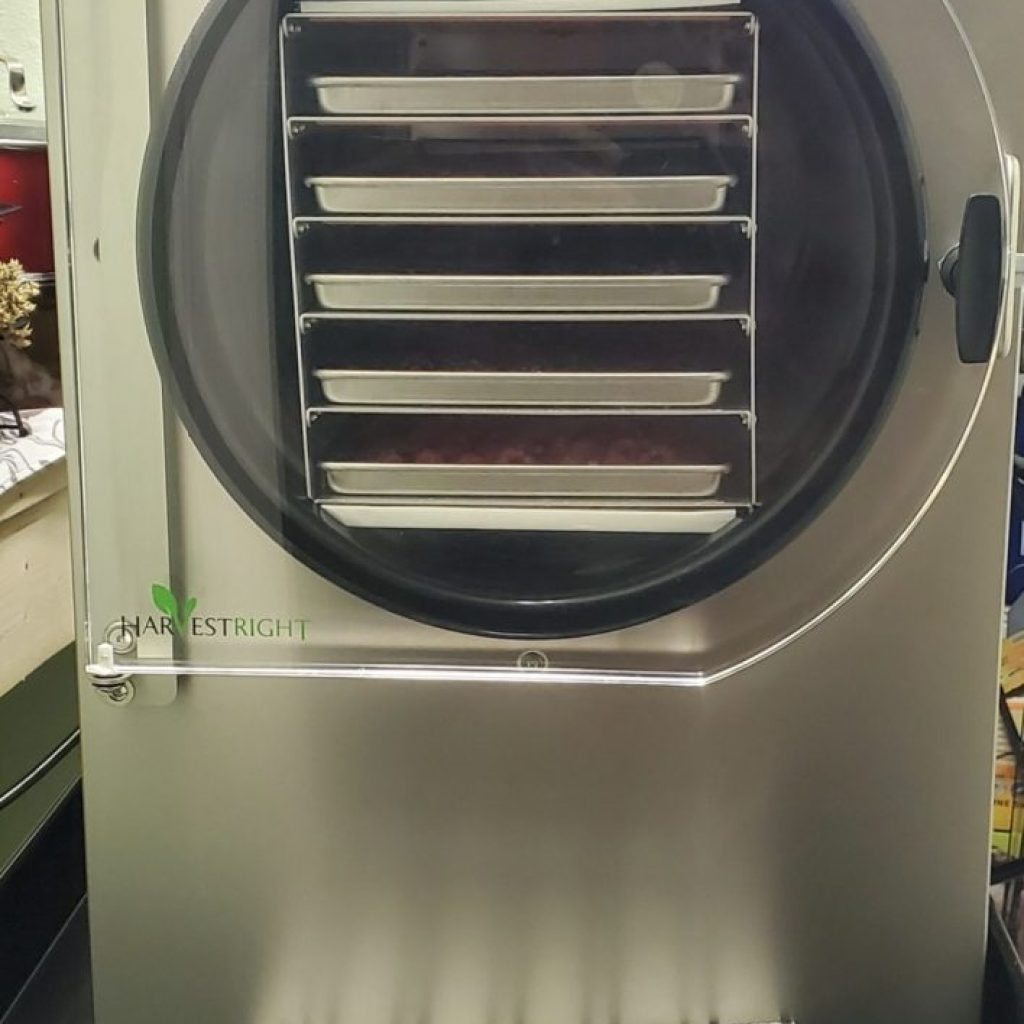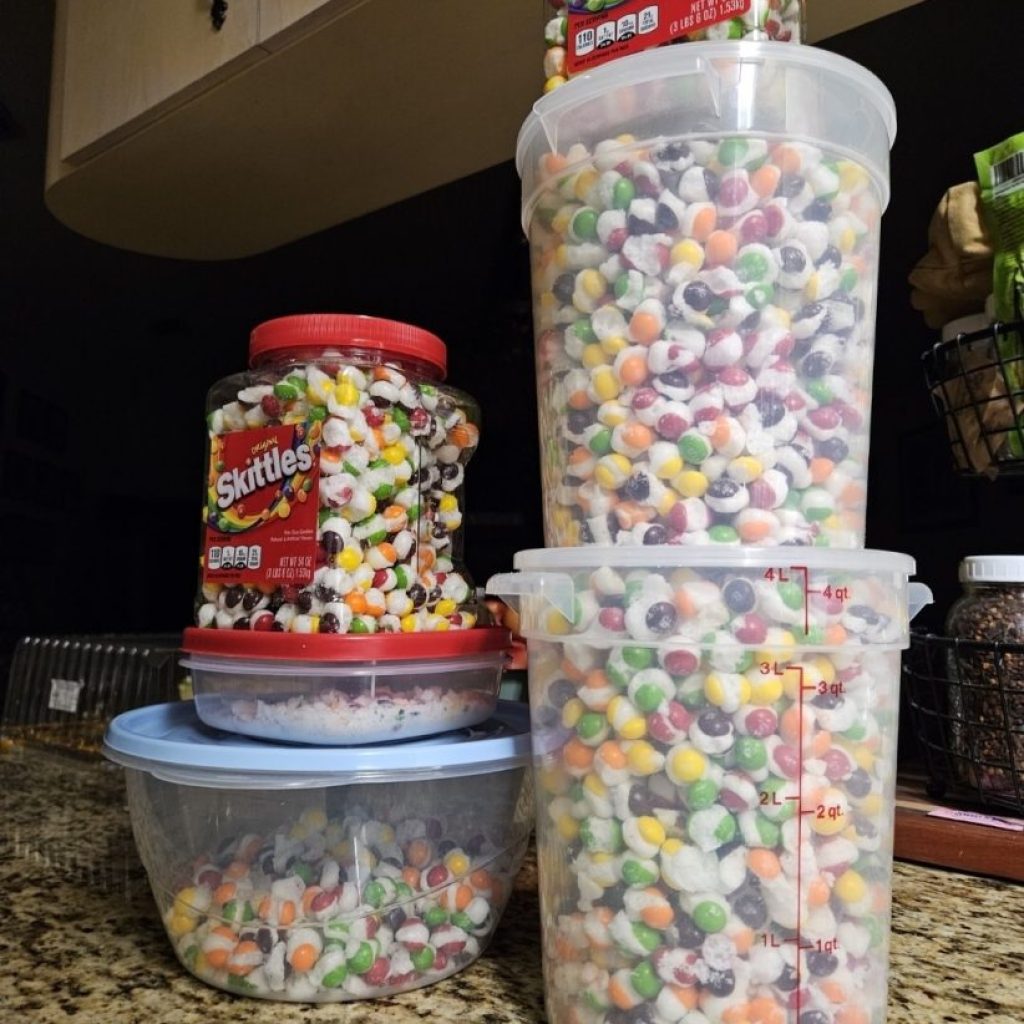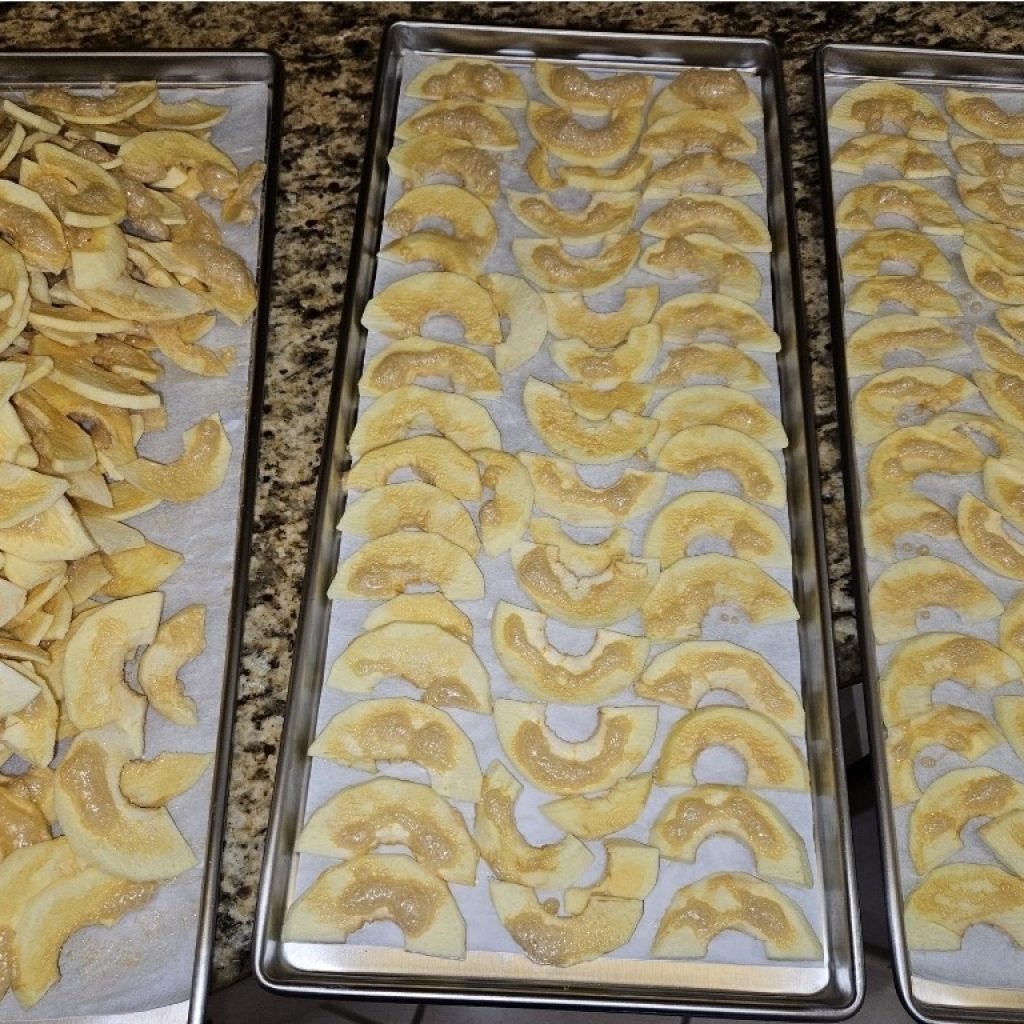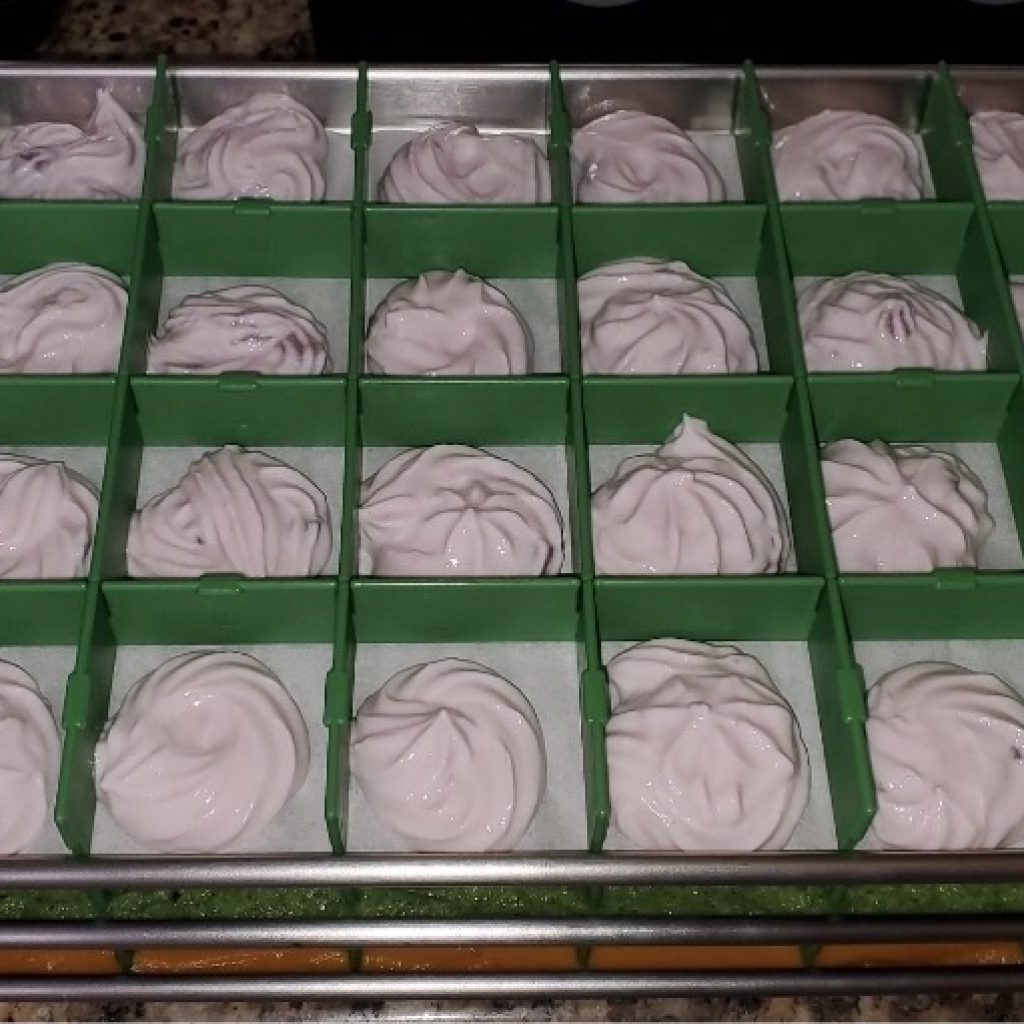
Freeze dryers have been around for decades. While the concept is not new, the availability of the technology is growing, and a Lake Wales woman has been both embracing it, and evolving the way she uses it.
Stacy Ennis, as many did, started a new hobby during the days of the COVID-19 pandemic; freeze-dried foods have been growing in popularity since the 2010s, when the technology became more mainstream. One can now go to any number of local retailers (yes, even in Lake Wales), and order one, not to mention online ordering.

The Lake Wales mother of three started out small, with a mindset that the pandemic instilled in our culture.
“During COVID, I became very interested, maybe even a little obsessed, with homesteading and prepping,” says Ennis. “The world had become so uncertain and I wanted to make sure that we could provide and feed our family even through shortages, power outages, EMPs or war.
“My large Harvest Right was a Mother’s Day gift.”
She began with simple items; freeze-drying strawberries, bananas, mangos, watermelons and raspberries. Her theory was to learn the process with items her family could enjoy in the short-term while figuring out the best storage process. In time, she began sharing her processes and learning curves on a YouTube channel.
With time and experience, Ennis saw an opportunity to take her hobby to the next level.

“As friends and family started reaching out and requesting candies, I started a side business called Fantastical Freeze Dried treats but the market got kind of flooded with freeze-dried goodies, so I have gone back to doing my original plan….prepping. It’s food security for my family even after I am gone. It also allows you to put food up for long term at today’s prices. Storage is easy and weighs much less than canned items and doesn’t take up as much room as canned items.”
Ennis still regularly freeze-dries food, but some items are done more frequently due to family use and needs.

“I do a lot of left overs from large meals like goulash and chicken and rice soup. Raw scrambled eggs when my chickens are being over-generous. Fresh and frozen veggies when I buy in bulk. Lots of fruits. I have even freeze dried my daughter’s extra breast milk for easier storage.”
She often feeds her family from her stash; her husband, Jerry; daughter, Riley, 27 and her husband, Austin; her young grandchildren, Lincoln and Theo; her son, Parker; and her youngest daughter, Addison, 19.

In recent years, home freeze dryers have moved from niche homesteading tools to must-have appliances for health enthusiasts, survivalists, and food lovers alike.
What began as bulky, commercial-grade equipment used mainly by pharmaceutical and food processing companies has now found a comfortable space on kitchen counters and in garages. Thanks to improvements in size, about the size of a home dishwasher, user-friendliness, and price, freeze-drying at home has become increasingly accessible to the average consumer.

When considering a freeze-dryer, size is the most significant consideration. With only a couple of brands on the market, HarvestRight is by far the most popular. While the marching comes with a starter kit of items, you will need to replace consumables like Mylar bags and containers for storage; these are relatively affordable at a few cents a bag. A plethora of accessories including extra trays, food separators, stackers and lids, are also on the market.
From Labs to Kitchens: A Brief History
Freeze drying—also known as lyophilization—was first developed during World War II to preserve blood serum. By the 1950s, it was being used to preserve foods for astronauts and military personnel. Until recently, the high cost and complexity of freeze-drying technology made it impractical for home use.
That began to change in the early 2010s when a few companies, most notably Harvest Right, introduced compact models targeted toward individual consumers. Since then, innovation has accelerated, with improvements in energy efficiency, automation, and mobile app integration.
Benefits of Owning a Home Freeze Dryer
1. Long-Term Food Preservation:
Freeze-dried foods can last up to 25 years when properly stored. Unlike traditional dehydrating, which removes about 80% of moisture, freeze drying removes up to 98–99%, dramatically reducing spoilage risk.
2. Nutrient Retention:
Freeze drying preserves nearly all the nutrients in fruits, vegetables, and meats, making it superior to canning or cooking for those focused on health.
3. Cost Savings Over Time:
Though the initial investment (ranging from $2,000 to $5,000) is steep, many users report saving money by freeze-drying leftovers, bulk groceries, and seasonal harvests instead of buying pre-packaged emergency food.
4. Food Security and Preparedness:
With growing interest in self-reliance and preparedness, freeze dryers allow households to build long-term food stores customized to their dietary needs.
Challenges and Drawbacks
Despite the perks, owning a freeze dryer isn’t for everyone. Some of the primary challenges include:
1. Upfront Cost and Maintenance:
The initial price tag can be prohibitive, and units require regular maintenance, including changing oil (or opting for pricier oil-free pumps).
2. Size and Noise:
Freeze dryers are large and can be noisy during operation—sometimes running for 20 to 40 hours per batch—making them less ideal for small homes or apartments.
3. Power Consumption:
They use a significant amount of electricity, which may be a concern for off-grid users or those trying to reduce their energy footprint.
4. Learning Curve:
While many machines are automated, understanding what foods freeze dry well—and how to store them afterward—takes practice.
Popular Uses and Recipes
Home freeze dryers are incredibly versatile. Common uses include:
- Fruits & Vegetables: Strawberries, bananas, apples, corn, and green beans are freeze drying staples. They rehydrate well and make great snacks.
- Dairy: Yogurt drops, milk, and even ice cream can be freeze-dried with excellent results.
- Cooked Meals: Soups, stews, and casseroles rehydrate impressively, making them popular for backpacking or emergency meals.
- Pet Food: Homemade freeze-dried dog treats are growing in popularity.
- Herbs & Spices: Homegrown herbs can be preserved with more flavor and shelf life than air-dried versions.
Recipe Highlight: Freeze-Dried Chicken Alfredo
Cook your favorite chicken alfredo recipe, spread it in trays, and freeze dry it. When ready to eat, just add hot water, wait 5–10 minutes, and enjoy a gourmet meal on the trail or during a power outage, or even when you don’t have time to cook a full meal.
The Future of Freeze Drying at Home
As technology advances, expect smarter machines, quieter operation, and better energy efficiency. Some companies are even exploring solar-powered models to meet the needs of off-grid users.
With ongoing concerns about food security, sustainability, and inflation, home freeze drying seems poised to shift from trend to permanent fixture in modern kitchens.
Have you tried freeze drying at home? Share your favorite recipe or experience in the post comments!


